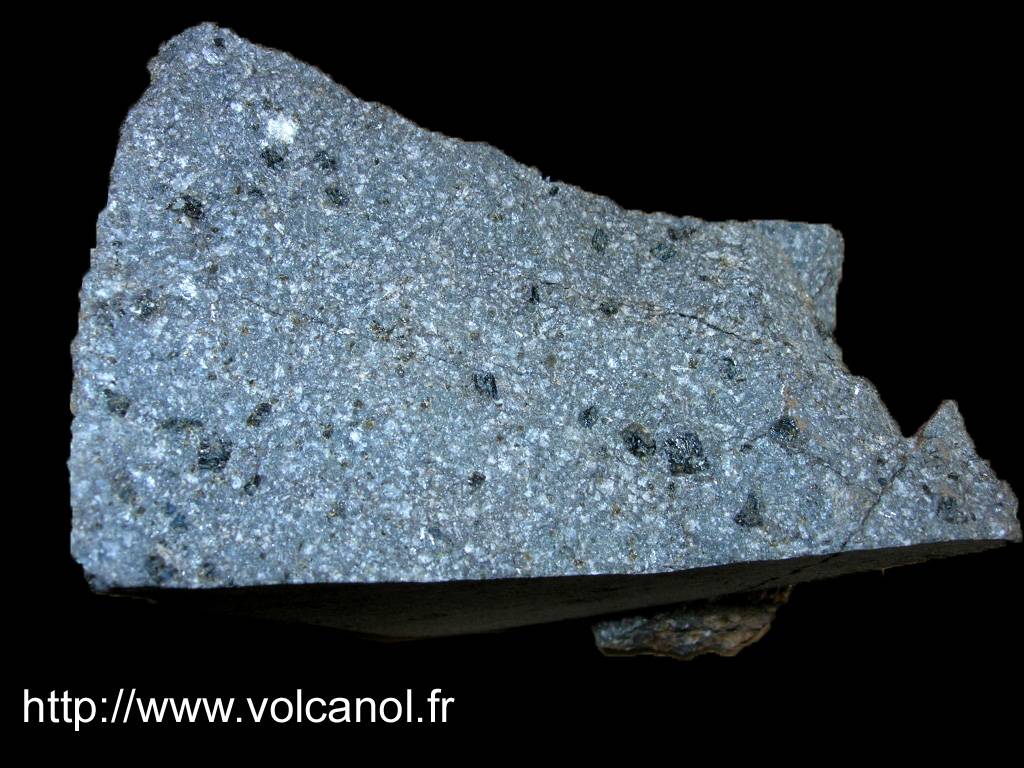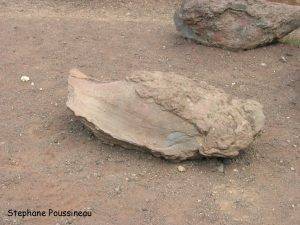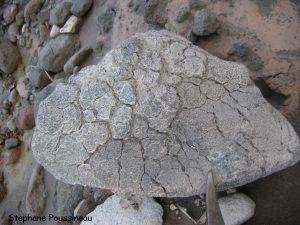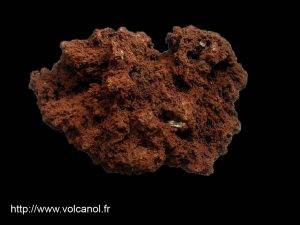Some introductory words
Volcanic activity in the broadest sense, allows the appearance of many volcanic rocks with very different textures (and this even within the same volcano and the same eruption). These differences can be explained by the complex interplay of several physico-chemical parameters that affect the magma during the eruption. The main parameters may be intrinsic to the magma (chemical composition, temperature, dissolved volatile content, crystal content). These parameters have in fact a very strong influence on the viscosity of the magma, which controls to a large extent the eruptive dynamics. Other “external” parameters come into play (speed of magma ascent in the volcanic conduit, mode of degassing of volatile elements in closed or open systems).
Two main families of volcanic products can be distinguished in terms of facies: lava flows and pyroclastic projections.
1. Lava flows
Lava flows are usually produced by volcanoes with very fluid lava (basaltic). This lava flows easily down the sides of the volcano. After cooling, these flows form very compact and hard volcanic rocks.

Basaltic flows can take two different forms.
- The “aa” type flows which have a very scoriaceous surface,
- “Pahoehoe” type flows which have a smooth surface.
As they cool under certain conditions, some (mainly basaltic) flows form what are known as basaltic columns or organs. The most famous example of basaltic organs is the Giant’s Causeway in Northern Ireland. In France, it is possible to see basaltic organs in the Massif Central.

Pyroclastic projections
Pyroclastic products are generated during explosive volcanic eruptions by the sudden expansion of gases in the volcanic vent, which leads to the fragmentation of the magma. Several types of pyroclastic projections can be distinguished according to their morphology and size.
- Volcanic bombs which acquire a particular shape when they are thrown. To form this type of volcanic bomb, the magma must be low viscous and therefore in most cases basaltic.

- Breadcrumb bombs are usually formed from a viscous magma. The hard crust cools down very quickly while the core of the bomb remains hot and continues to degas. The bubbles continue to grow in the core and this increase in volume leads to the characteristic fracturing of the frozen crust.

- Pumice are fragments of magma that have trapped a very large amount of bubbles. They are usually formed from very viscous acidic magmas
- Basaltic slag is a dark, bubble-rich, scoriaceous fragment emitted during Strombolian eruptions, for example. In France, many basaltic slags are found in the strombolian cones of the Chaîne des Puys.

- Ash is the finest fraction of the splatter emitted during a volcanic eruption. The term “ash” can be confusing as it is not ash in the sense of combustion residue but only very fine rock fragments. On contact with air and ambient humidity, ash can agglomerate into fine millimetre-sized droplets called lapilli.
Leave a Reply